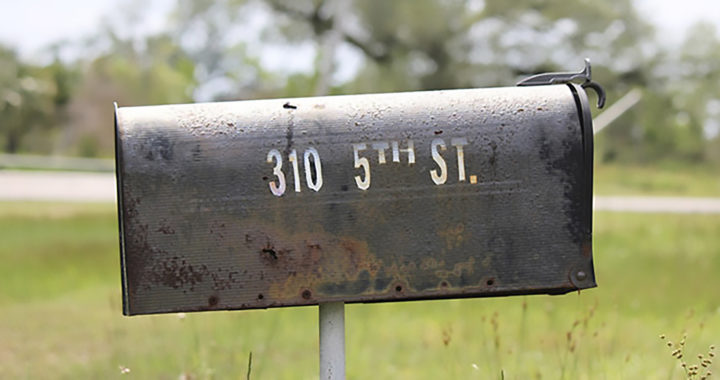Despite being one of the standard mediums of workplace communication, email often suffers considerable neglect. Some have a high tendency to disregard their inboxes especially when unread messages have piled up.
Others are simply terrible at writing email messages. Some individuals find email marketing a nuisance.
Getting colleagues and clients to read and respond to emails has become challenging. With the emergence of novel mediums of communication such as text messaging, mobile-enabled instant messaging, and public or enterprise social media, more people are making their email accounts less of a priority.
However, the fact remains that it is still an essential medium for workplace communication, especially when sending official announcements and in-depth messages.
Here are five tips to get people to read and respond to emails:
1. Keep messages as short and simple as possible.
Use simple sentences and short paragraphs. Whenever possible, use bullets to summarize a series of ideas. Avoid verbal deadwood. Do not bury the lead or main point. However, do not forget the conventions of writing. The form should never get in the way of substance.
2. Send non-immediate messages around lunchtime
Several productivity hacks regress from reading emails at the start of the workday. As a viable workaround, it is ideal to send out email messages around 11 am to 2 pm—the time of the day when people have become accustomed to work routine or are taking breaks.
Remember not to send emails near the end of the workday. Chances are, you will get a response the next day.
3. Adopt a consistent time for sending messages
If you are a manager or supervisor, adopting a regular or consistent time when sending email messages may work for you. Doing so builds expectations, routines, and responsibility that would compel employees to adopt a habit of checking their inboxes during a specific time of the day.
4. Refrain from including everyone in the loop
Carbon copying everyone can make recipients feel less involved and important. Develop a habit of identifying appropriate message recipients and make sure to put their email addresses directly on the recipient form. In case there is a need to use the cc function and include several people in the loop, address them directly to the message and briefly explain why they are included in the recipient list.
4. End messages with a call to action
Nowadays, responding to emails seems to be optional. It is actually tough for task-strapped individuals to reply to messages coursed through different mediums on a day-to-day basis. Part of communication best practices is to end messages with a call to action.
You can use one-liners such as: “Please reply to acknowledge receipt”, “When can you accomplish these deliverables”, or “I will call you tomorrow first thing in the morning to follow up on this.”





